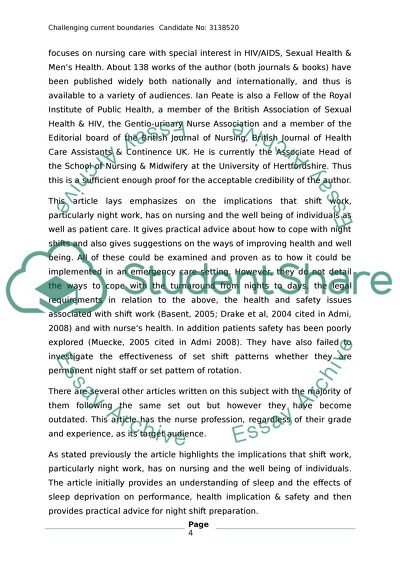Cite this document
(“Challenging Current Boundaries & Perceptions of Emergency Care Essay”, n.d.)
Challenging Current Boundaries & Perceptions of Emergency Care Essay. Retrieved from https://studentshare.org/nursing/1555775-challenging-current-boundaries-perceptions-of-emergency-care
Challenging Current Boundaries & Perceptions of Emergency Care Essay. Retrieved from https://studentshare.org/nursing/1555775-challenging-current-boundaries-perceptions-of-emergency-care
(Challenging Current Boundaries & Perceptions of Emergency Care Essay)
Challenging Current Boundaries & Perceptions of Emergency Care Essay. https://studentshare.org/nursing/1555775-challenging-current-boundaries-perceptions-of-emergency-care.
Challenging Current Boundaries & Perceptions of Emergency Care Essay. https://studentshare.org/nursing/1555775-challenging-current-boundaries-perceptions-of-emergency-care.
“Challenging Current Boundaries & Perceptions of Emergency Care Essay”, n.d. https://studentshare.org/nursing/1555775-challenging-current-boundaries-perceptions-of-emergency-care.


